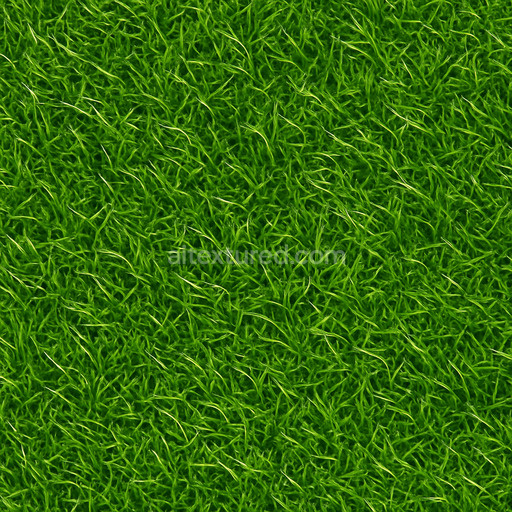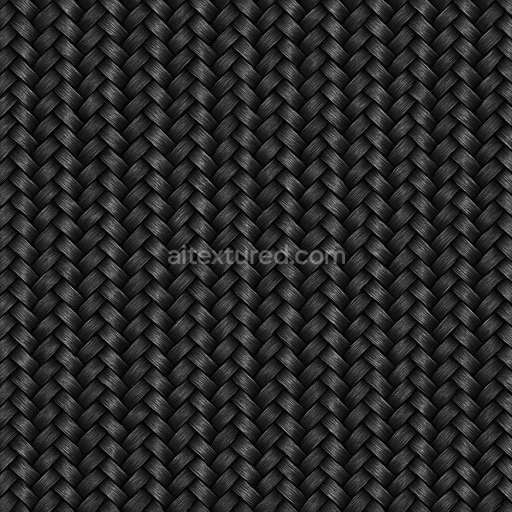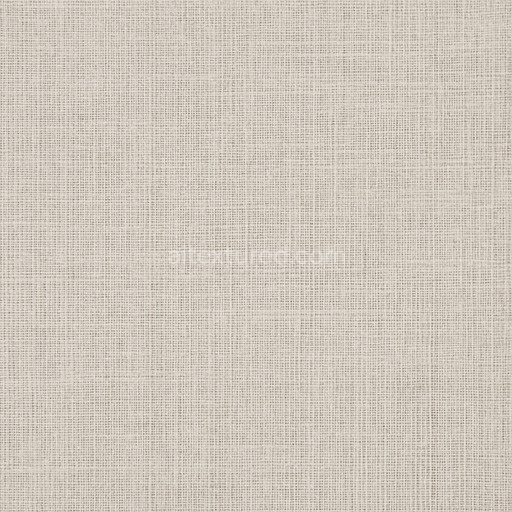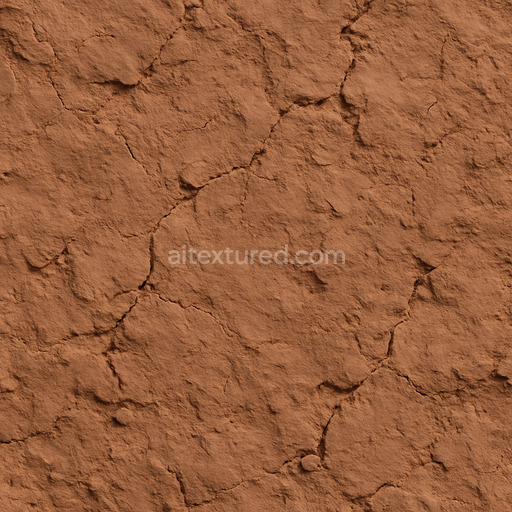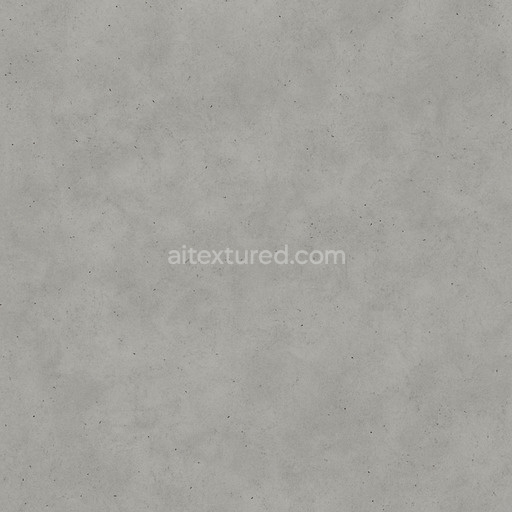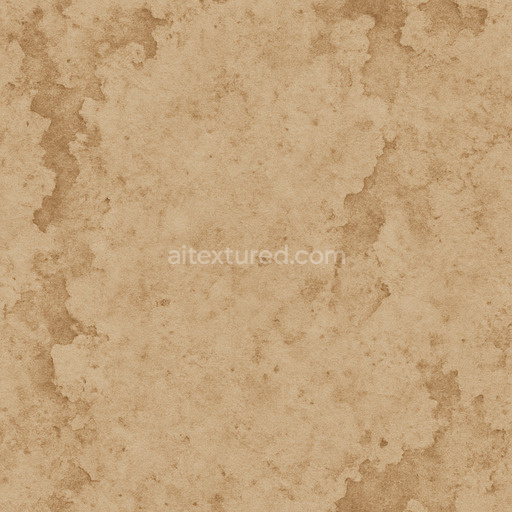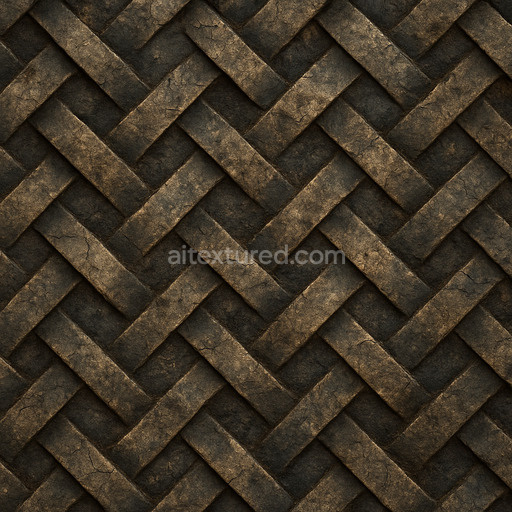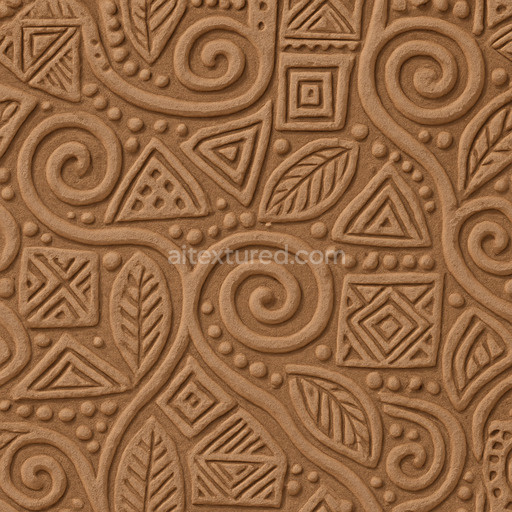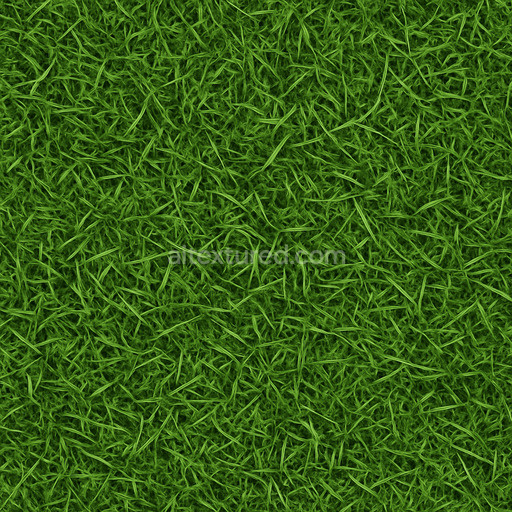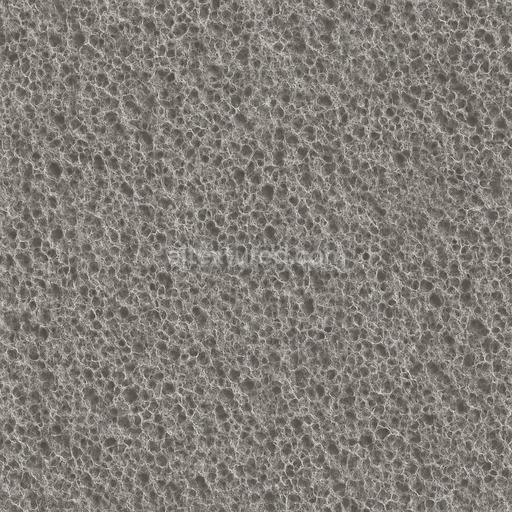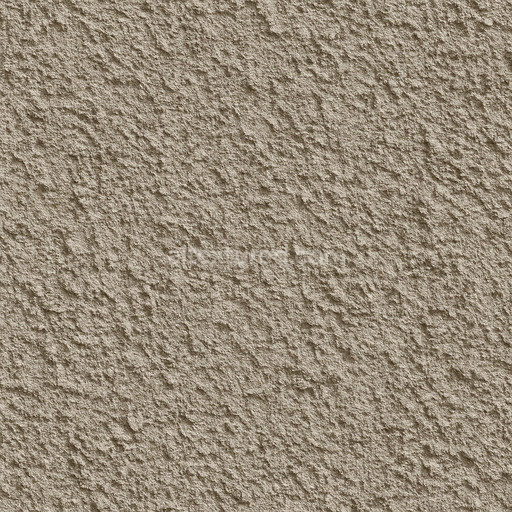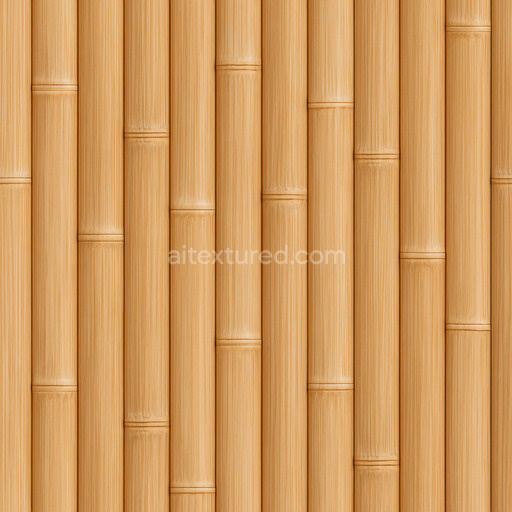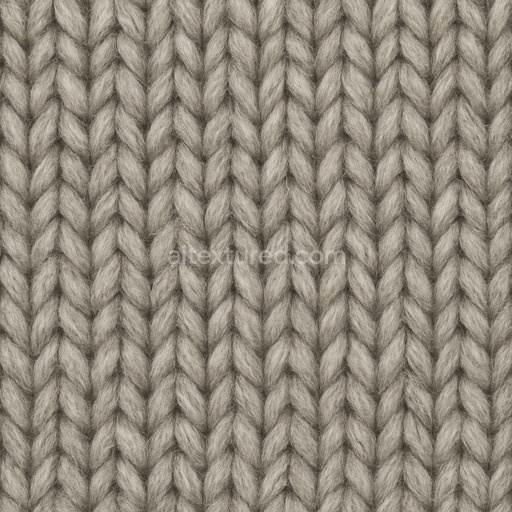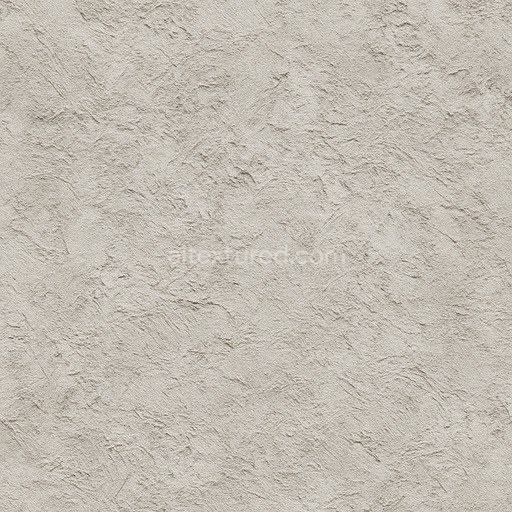The Industrial Carbon Fiber Seamless Texture is a meticulously crafted material designed to emulate the complex composition and surface qualities of genuine carbon fiber composites used in industrial applications. This texture captures the distinct weave pattern of fine carbon fibers—typically arranged in a precise bidirectional grain orientation—embedded within a polymer resin binder. The base substrate is a high-strength polymer matrix reinforced with tightly woven carbon filaments resulting in a lightweight yet durable composite. The surface finish reflects a subtle semi-gloss polish characteristic of industrial carbon fiber panels where the interplay of light emphasizes the texture’s micro-detail and structural consistency without excessive reflectivity or roughness. Naturally the texture’s dark gray to nearly black color is enriched by subtle oxide layers and pigment variations that contribute to its authentic appearance in various lighting conditions.
In physically based rendering (PBR) workflows this texture excels by accurately representing the material’s properties across multiple channels. The BaseColor (Albedo) map showcases the nuanced slightly variegated black and gray tones of the carbon fiber weave while the Normal map simulates the intricate raised and recessed fiber pattern enhancing depth perception without heavy geometry. The Roughness channel is balanced to reflect the semi-polished surface—smooth enough to suggest a refined finish but with enough micro-roughness to avoid flat reflections. The Metallic channel remains near zero consistent with the non-metallic polymer matrix and the Ambient Occlusion map reinforces shadows within the fiber weave for added realism. Height or Displacement maps can be optionally used to accentuate surface relief especially when viewed close-up or under dynamic lighting. This tileable industrial carbon fiber seamless texture is available in ultra-high resolution up to 8K ensuring exceptional clarity for close inspection and large-scale applications alike.
Fully compatible and ready to use out-of-the-box in Blender Unreal Engine and Unity this AI-generated texture supports fast iteration loops for artists and developers working in architecture visualization game environments product mockups and interior staging. Its seamless tiling capability allows you to cover vast surfaces without visible repetition or distortion maintaining consistent detail even at large scales. For optimal results it is recommended to adjust the UV scale carefully to preserve the weave’s natural proportions and to experiment with roughness values to suit varying lighting scenarios. Combining this texture with subtle ambient occlusion and a gentle normal map overlay can further enhance surface breakup adding realism without oversharpening the pattern.
By integrating this industrial carbon fiber seamless texture into your basic-materials library you gain access to a production-ready asset that balances photorealism and performance. Its carefully curated design and AI-driven pipeline ensure micro-detail fidelity and structural accuracy making it an invaluable resource for projects demanding both aesthetic quality and technical reliability. Whether applied to automotive parts architectural features or high-tech product surfaces this texture delivers a convincing industrial carbon fiber look that elevates the visual impact of your 3D scenes and renders.
The AI-generated industrial carbon fiber seamless texture offers a highly detailed and realistic PBR appearance showcasing the seamless industrial carbon fiber seamless texture with accurate basic-materials textures and an interactive 3D preview for precise material evaluation.
How to Use These Seamless PBR Textures in Blender
This guide shows how to connect a full PBR texture set to Principled BSDF in Blender (Cycles or Eevee). Works with any of our seamless textures free download, including PBR PNG materials for Blender / Unreal / Unity.
What’s inside the download
*_albedo.png — Base Color (sRGB)*_normal.png — Normal map (Non-Color)*_roughness.png — Roughness (Non-Color)*_metallic.png — Metallic (Non-Color)*_ao.png — Ambient Occlusion (Non-Color)*_height.png — Height / Displacement (Non-Color)*_ORM.png — Packed map (R=AO, G=Roughness, B=Metallic, Non-Color)

Quick start (Node Wrangler, 30 seconds)
- Enable the addon: Edit → Preferences → Add-ons → Node Wrangler.
- Create a material and select the Principled BSDF node.
- Press Ctrl + Shift + T and select the maps
albedo, normal, roughness, metallic (skip height and ORM for now) → Open.
The addon wires Base Color, Normal (with a Normal Map node), Roughness, and Metallic automatically.
- Add AO and Height using the “Manual wiring” steps below (5 and 6).
Manual wiring (full control)
- Create a material (Material Properties → New) and open the Shader Editor.
- Add an Image Texture node for each map. Set Color Space:
- Albedo → sRGB
- AO, Roughness, Metallic, Normal, Height, ORM → Non-Color
- Connect to Principled BSDF:
albedo → Base Colorroughness → Roughnessmetallic → Metallic (for wood this often stays near 0)normal → Normal Map node (Type: Tangent Space) → Normal of Principled.
If details look “inverted”, enable Invert Y on the Normal Map node.
- Ambient Occlusion (AO):
- Add a MixRGB (or Mix Color) node in mode Multiply.
- Input A =
albedo, Input B = ao, Factor = 1.0.
- Output of Mix → Base Color of Principled (replaces the direct albedo connection).
- Height / Displacement:
Cycles — true displacement
- Material Properties → Settings → Displacement: Displacement and Bump.
- Add a Displacement node: connect
height → Height, set Midlevel = 0.5, Scale = 0.02–0.08 (tune to taste).
- Output of Displacement → Material Output → Displacement.
- Add geometry density (e.g., Subdivision Surface) so displacement has polygons to work with.
Eevee (or lightweight Cycles) — bump only
- Add a Bump node:
height → Height.
- Set Strength = 0.2–0.5, Distance = 0.05–0.1, and connect Normal output to Principled’s Normal.
Using the packed ORM texture (optional)
Instead of separate AO/Roughness/Metallic maps you can use the single *_ORM.png:
- Add one Image Texture (Non-Color) → Separate RGB (or Separate Color).
- R (red) → AO (use it in the Multiply node with albedo as above).
- G (green) → Roughness of Principled.
- B (blue) → Metallic of Principled.
UVs & seamless tiling
- These textures are seamless. If your mesh has no UVs, go to UV Editing → Smart UV Project.
- For scale/repeat, add Texture Coordinate (UV) → Mapping and plug it into all texture nodes.
Increase Mapping → Scale (e.g., 2/2/2) to tile more densely.
Recommended starter values
- Normal Map Strength: 0.5–1.0
- Bump Strength: ~0.3
- Displacement Scale (Cycles): ~0.03
Common pitfalls
- Wrong Color Space (normals/roughness/etc. must be Non-Color).
- “Inverted” details → enable Invert Y on the Normal Map node.
- Over-strong relief → lower Displacement Scale or Bump Strength.
Example: Download Wood Textures and instantly apply parquet or rustic planks inside Blender for architectural visualization.
To add the downloaded texture, go to Add — Texture — Image Texture.

Add a node and click the Open button.

Select the required texture on your hard drive and connect Color to Base Color.

